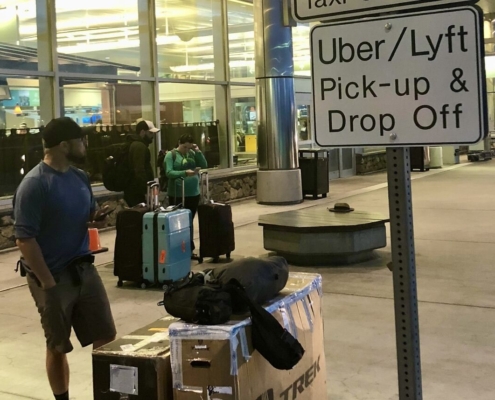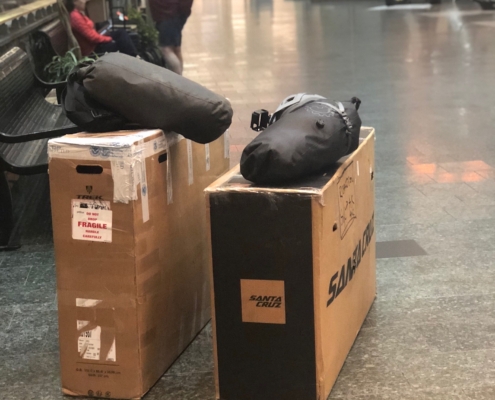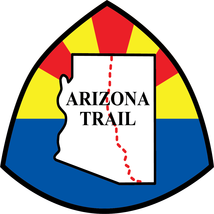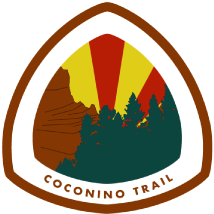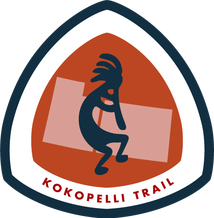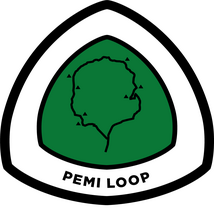The Bay Circuit Trail is an unique combination of trails and roads. Together they form the shape of the letter “C” around Boston. The northern terminus is in Newburyport, MA and the southern is in Duxbury, some 230 (209 by bike) miles away. The trail was formed to use green spaces within urban areas and give residents a place to experience nature.
Though the trail wasn’t originally built for bikepackers, there are only a few areas bikes are not allowed and only one or two others that one might not want to ride/push a bike (but that’s part of bikepacking after all).
Since the trail is a combination of roads and dirt hiking trails, the Bay Circuit Trail is great for beginners or those looking to do small sections. Camping is very limited, making a thru-ride logistically tough. On the other hand there are plenty of services along the route, which makes resupply a snap.
This Bay Circuit Trail Bikepacking Guide includes all the tools one needs to plan their own adventure on the Bay Circuit Trail. It’s a smaller version of my larger bikepacking guides, which include the Arizona Trail, Tour Divide and Colorado Trail. Happy planning!
Save big and support The Project at the same time! Check out our Affiliate Deals page for exclusive offers on top brands. Every purchase fuels our mission to provide you with the best guides and resources for your adventures. Bookmark it now and shop smarter—deals update regularly!

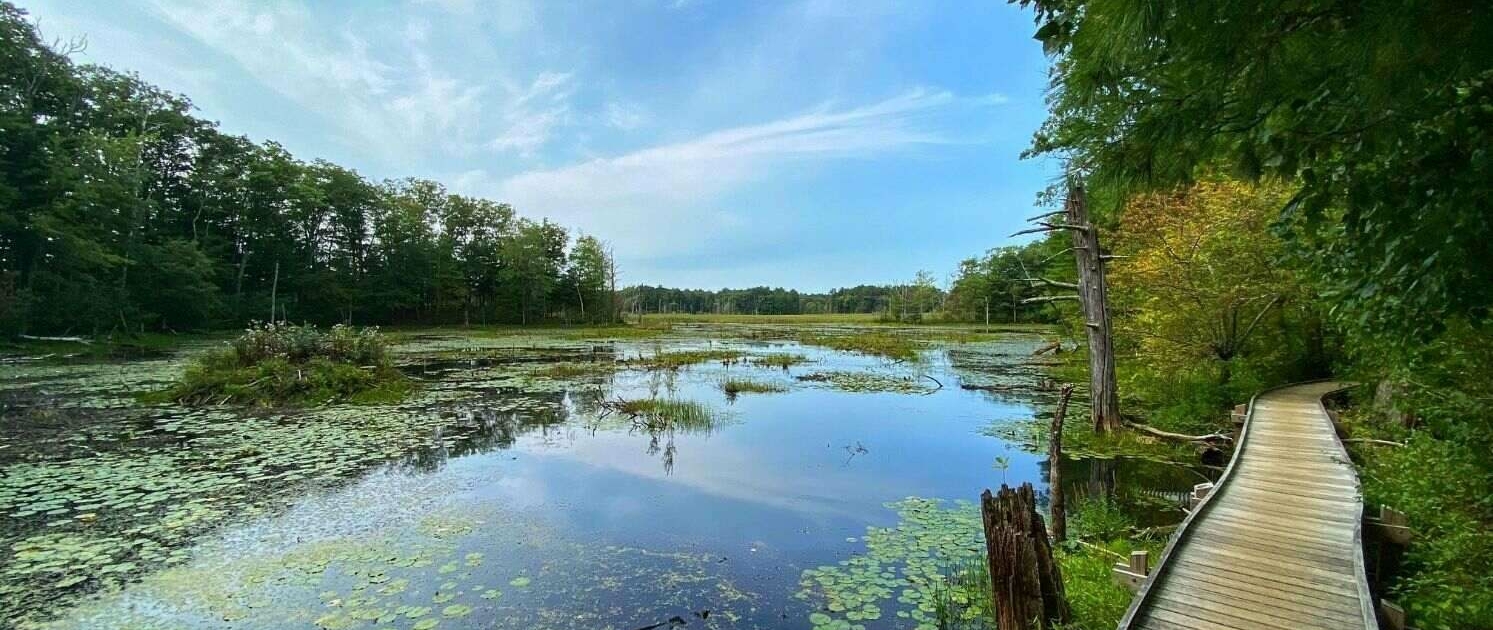

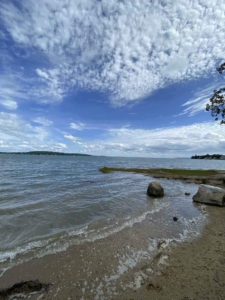
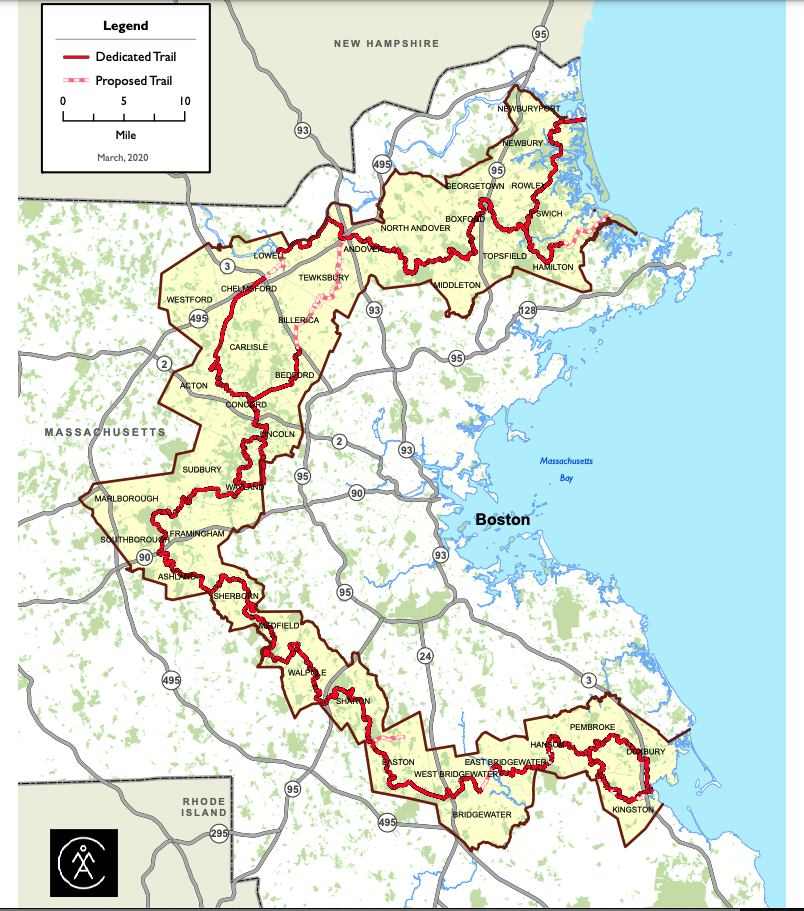

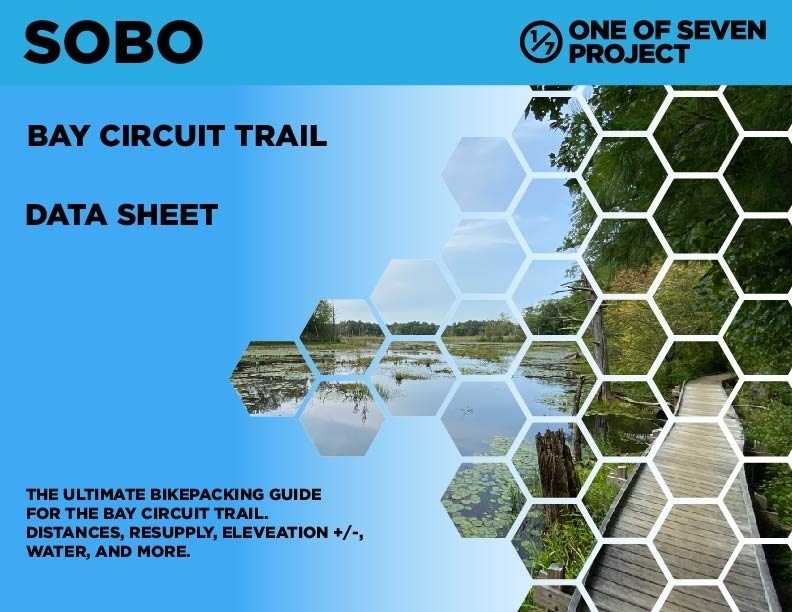
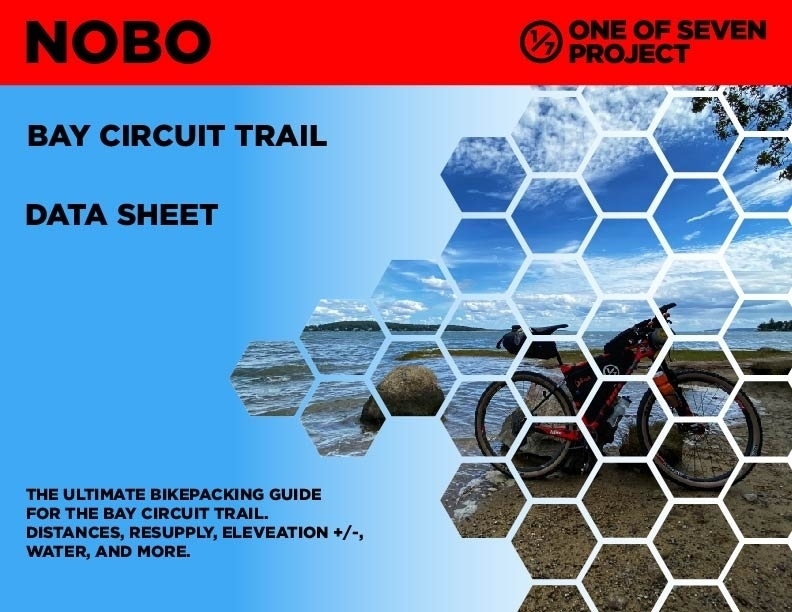
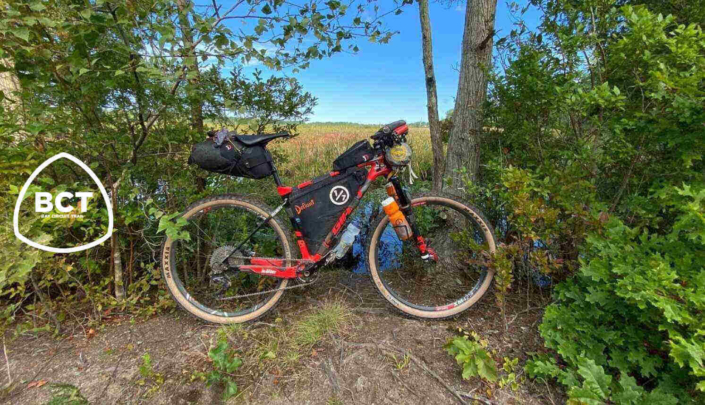
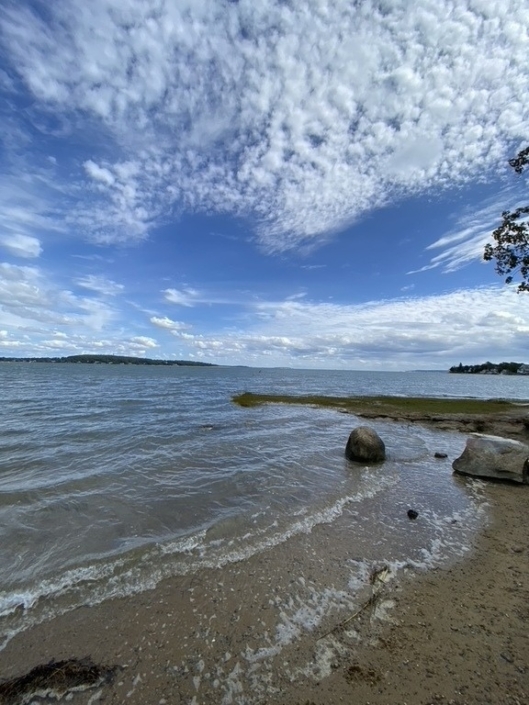
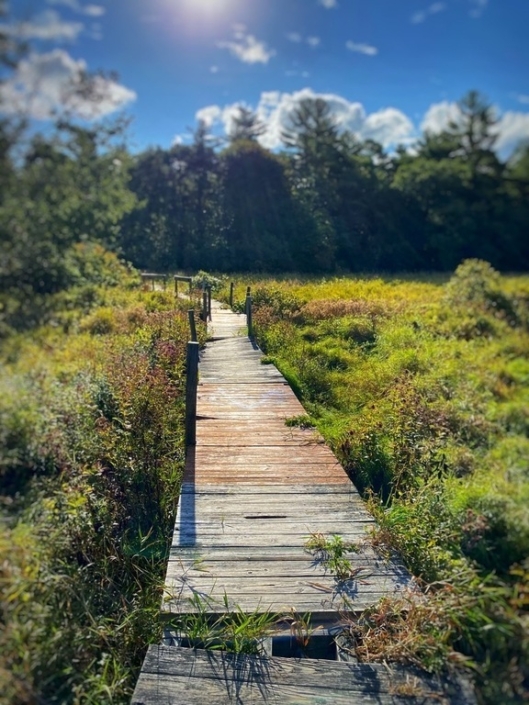
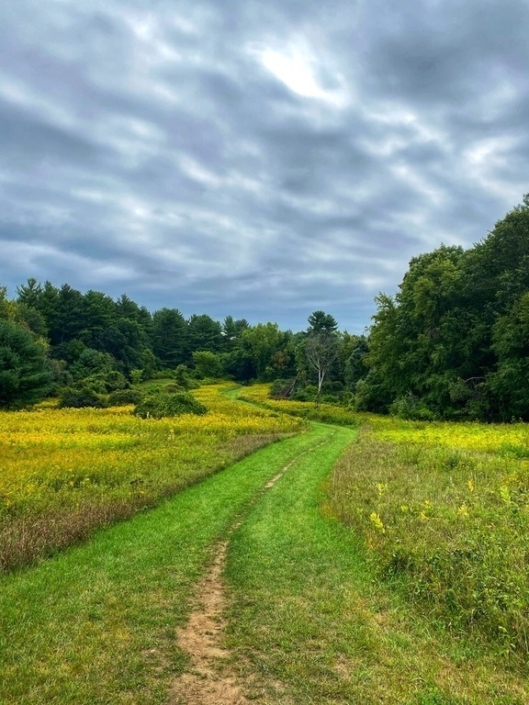

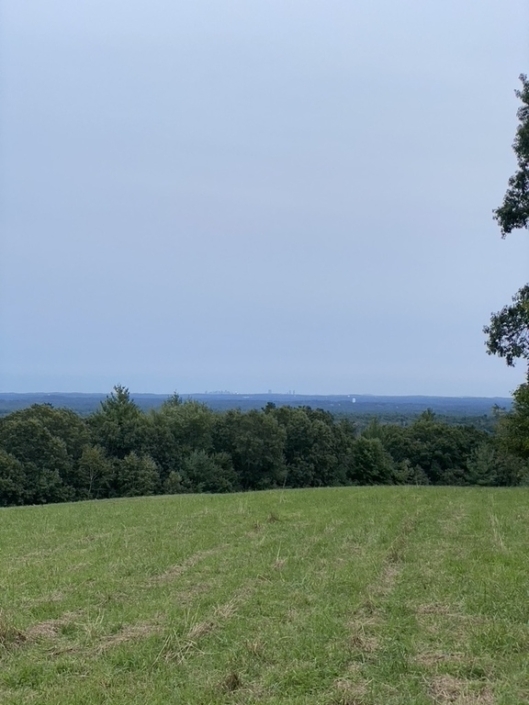

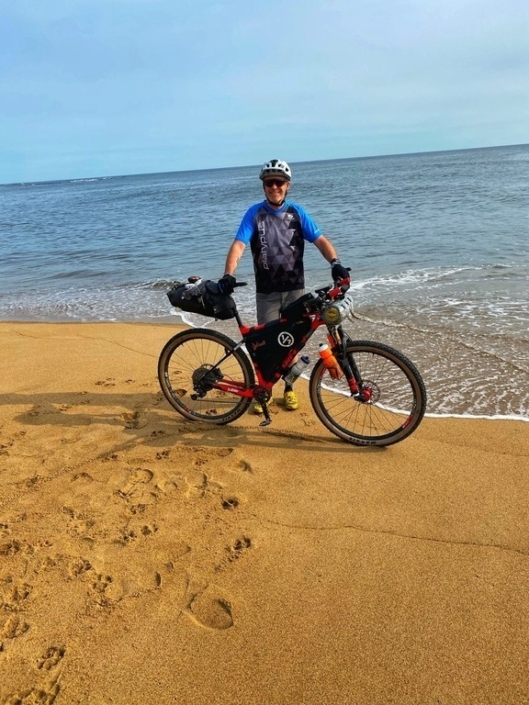

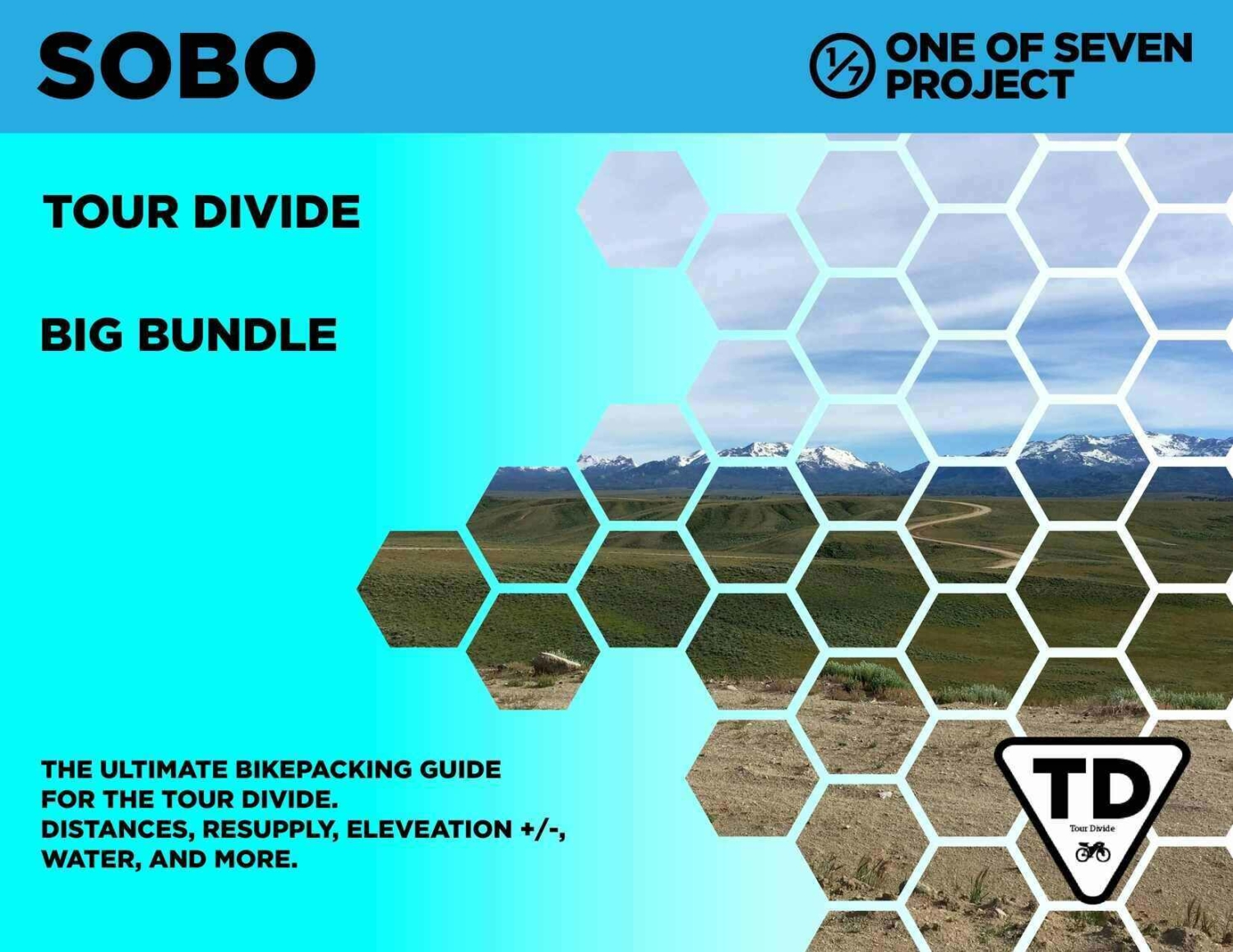
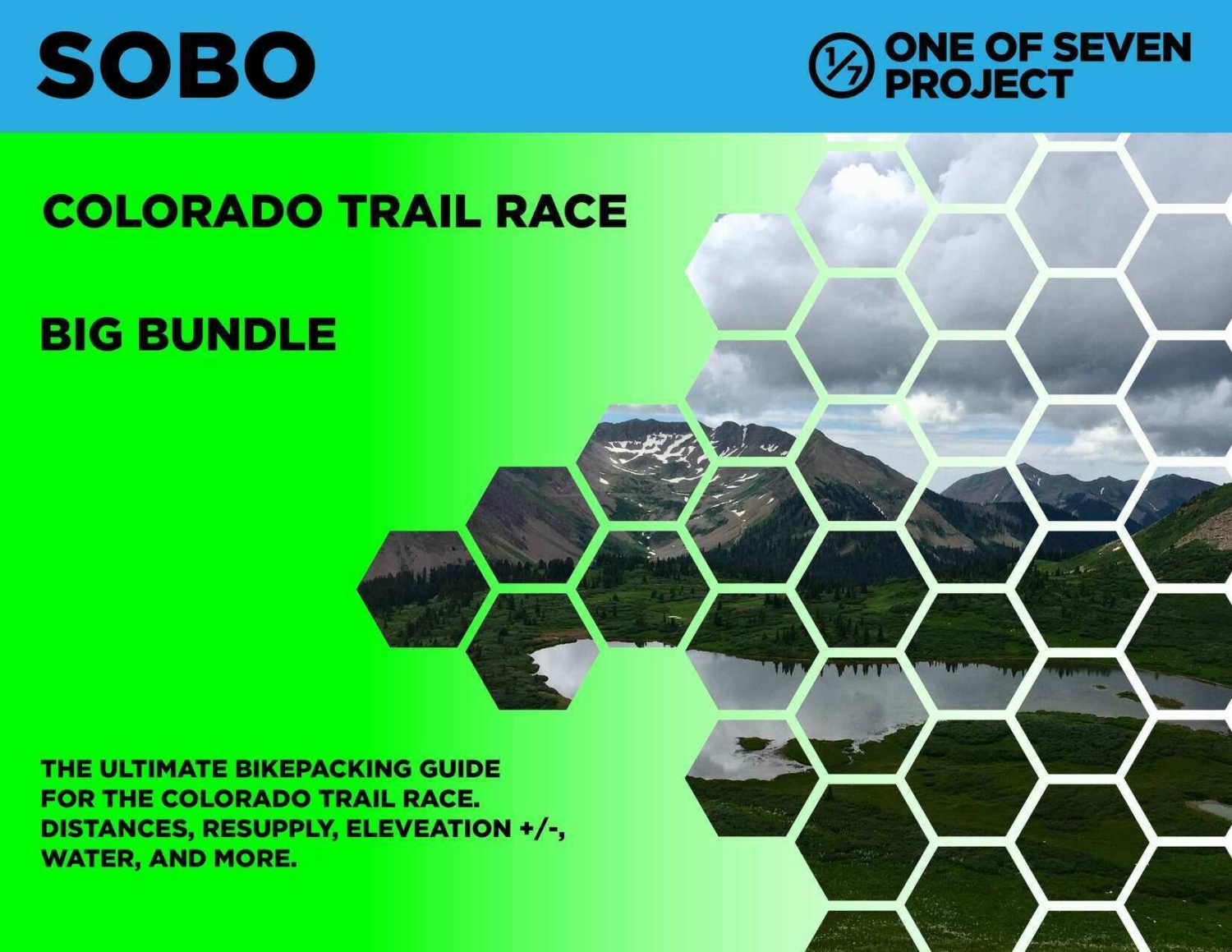
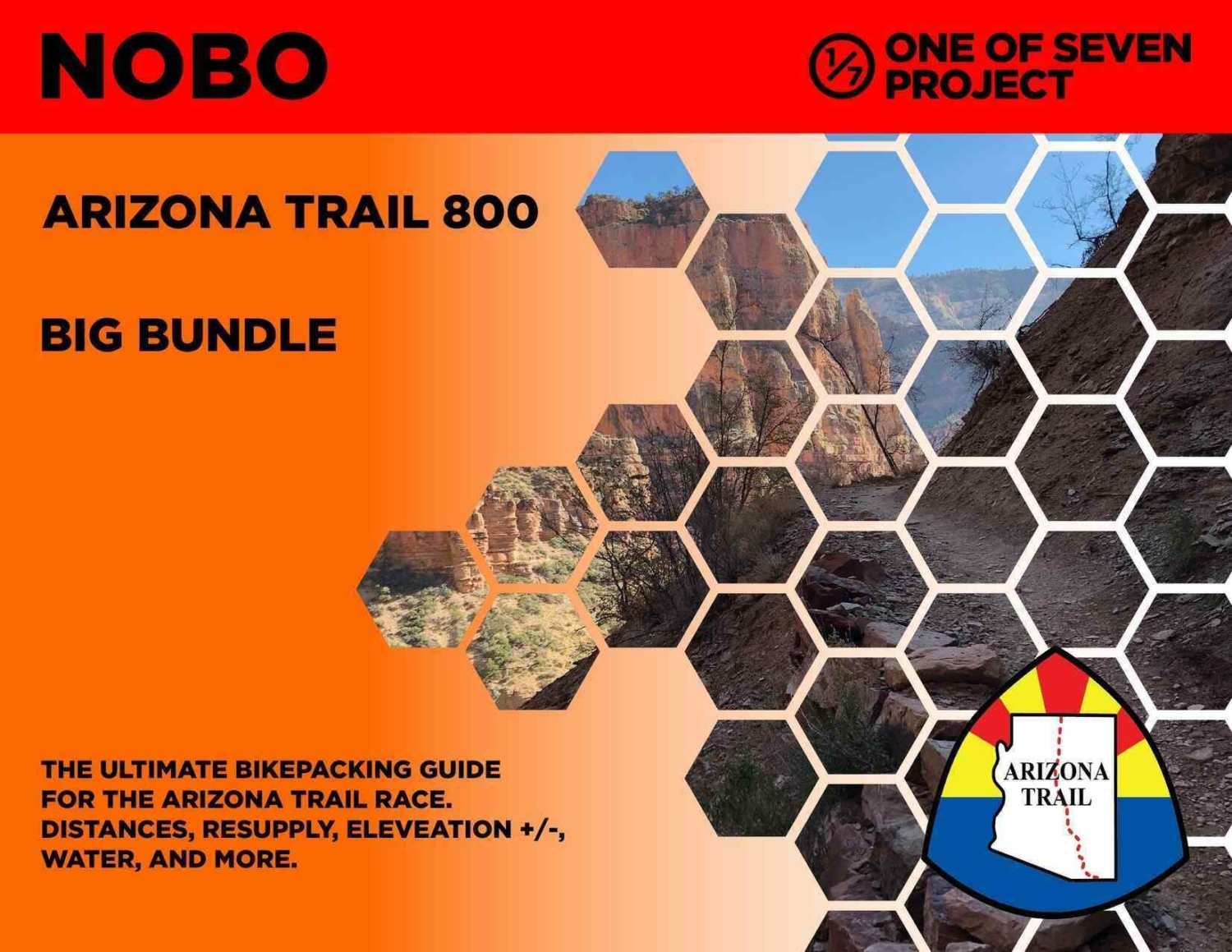
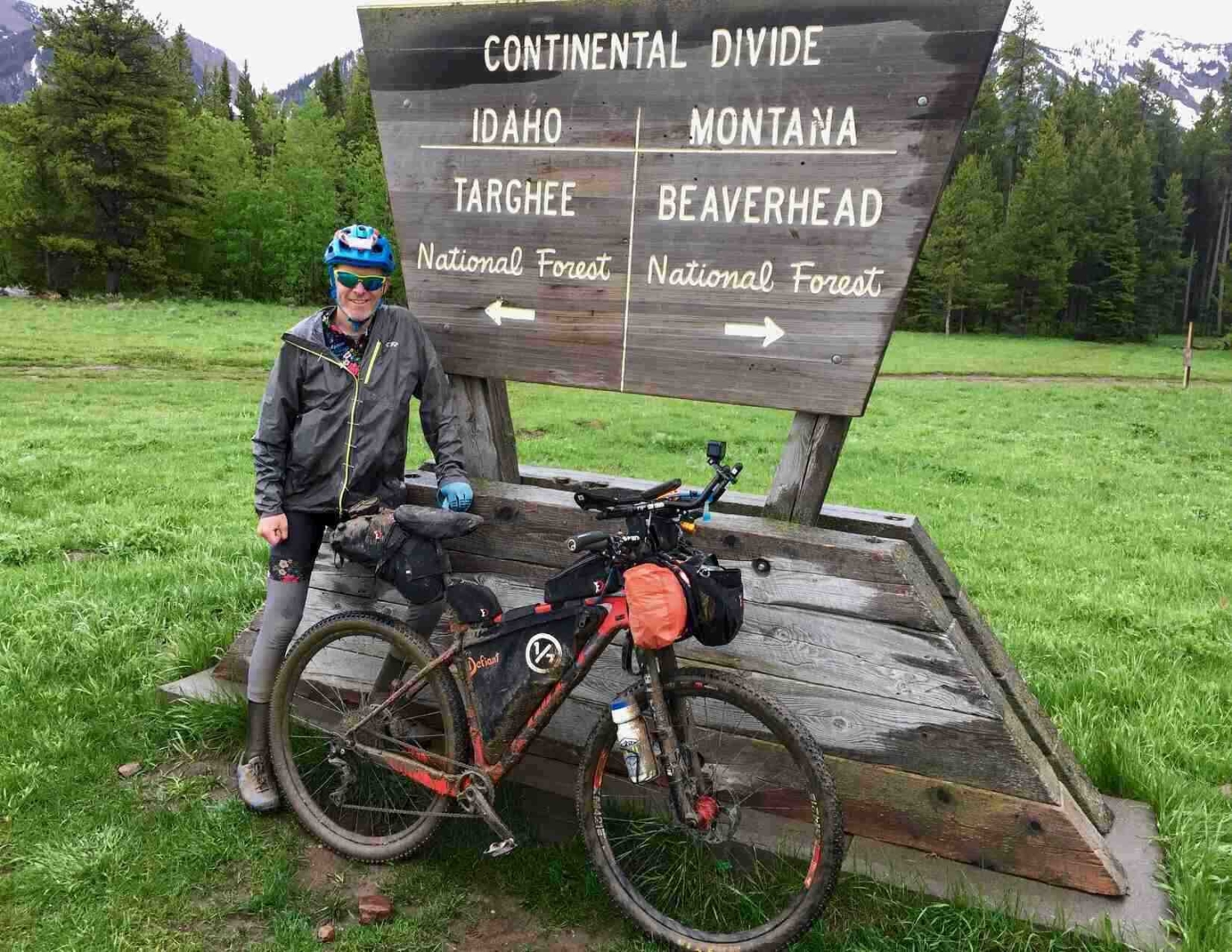
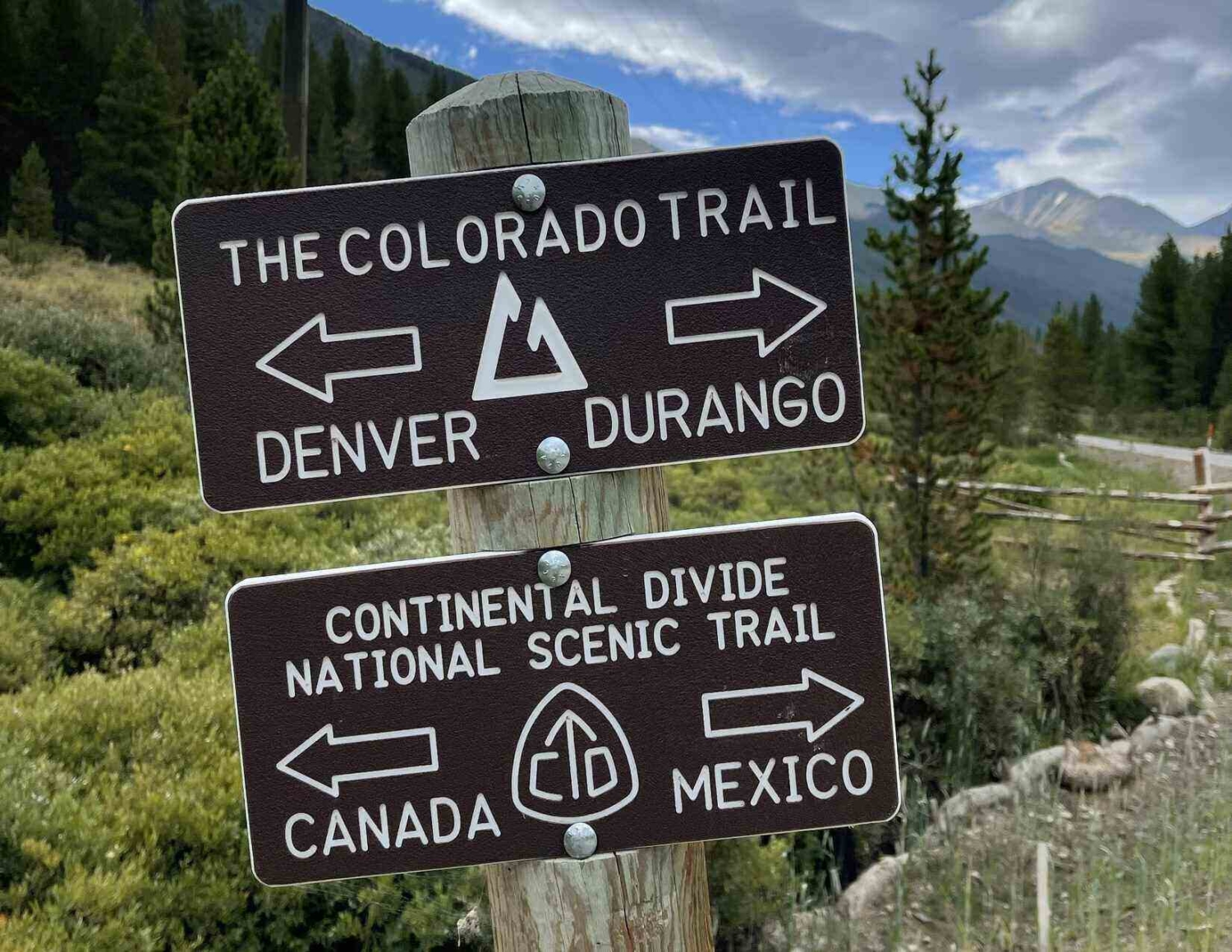
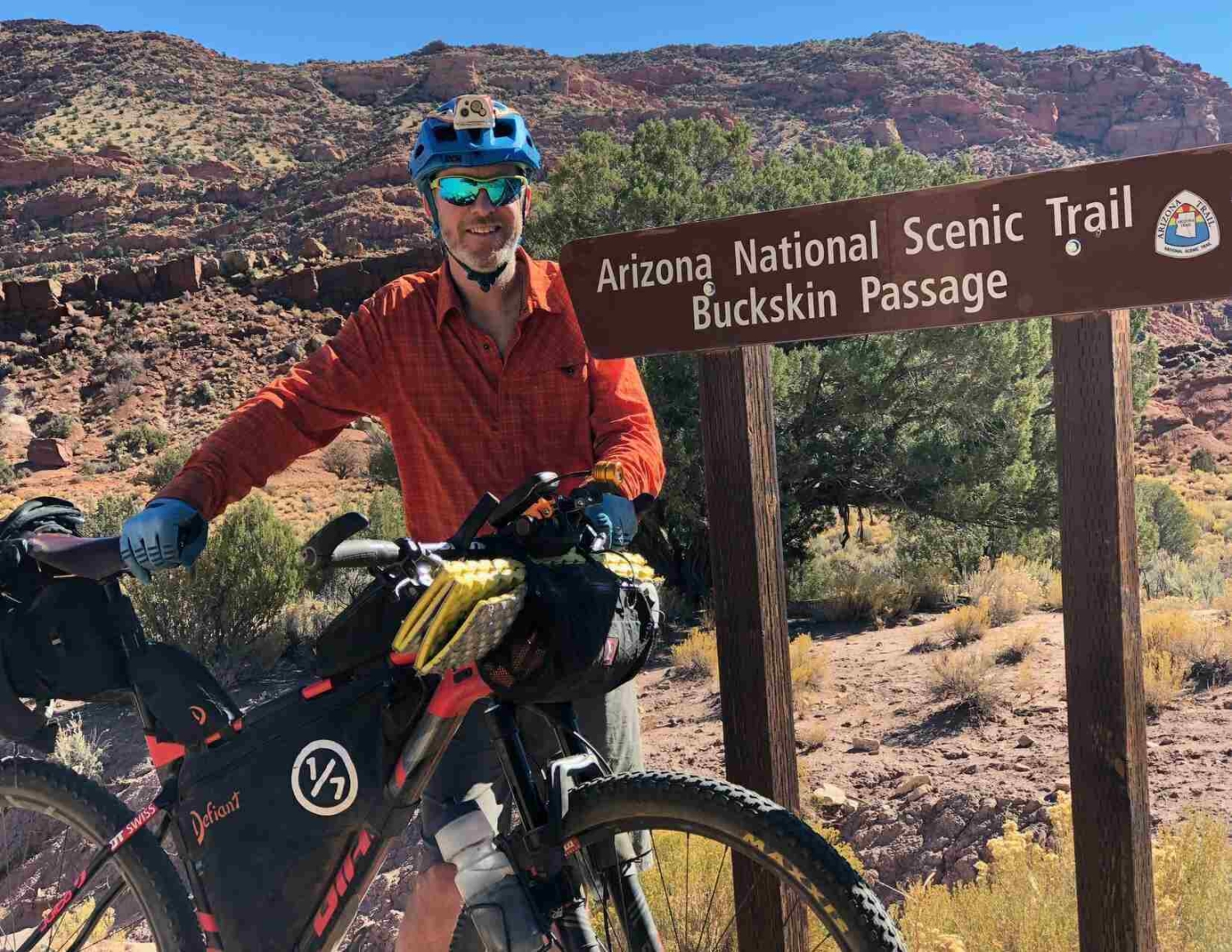
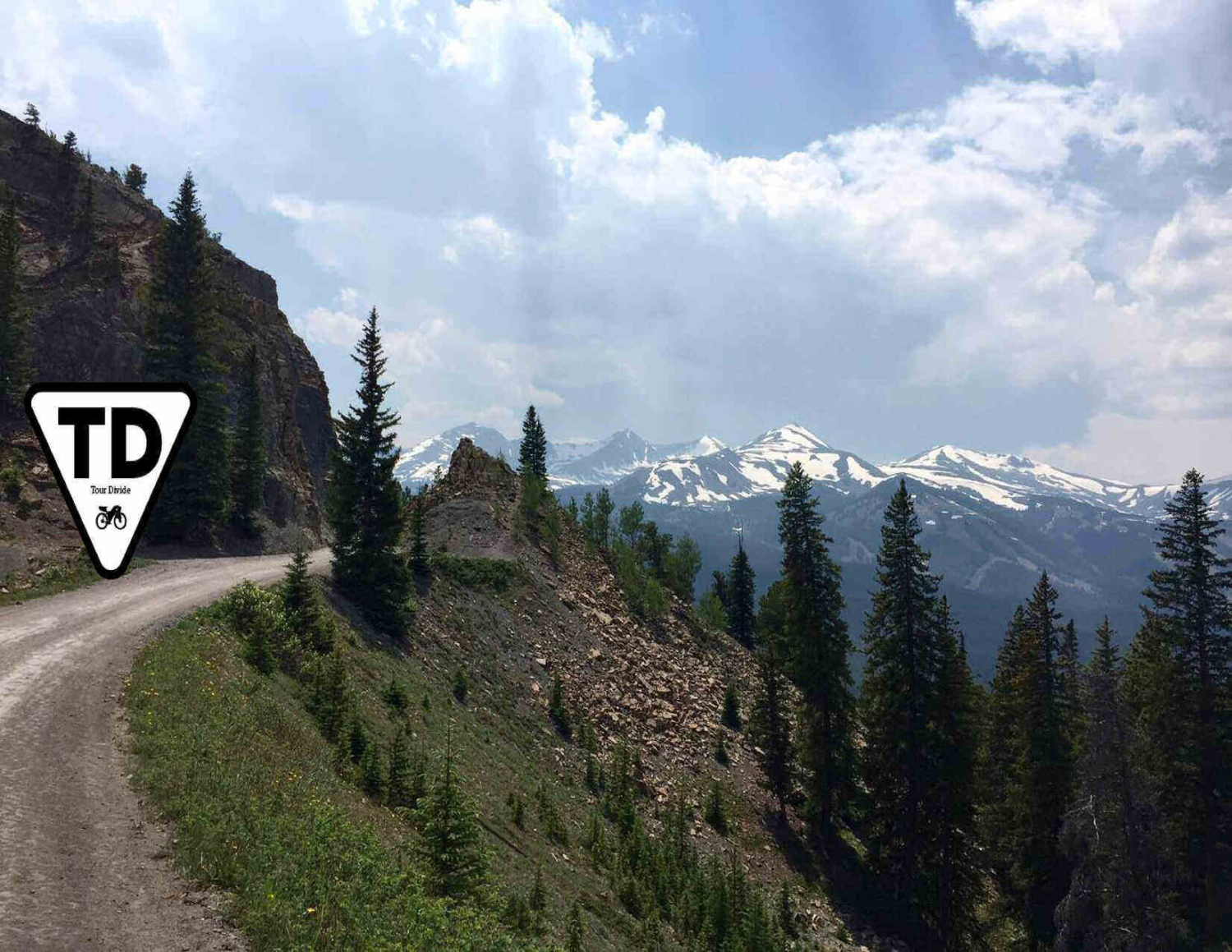
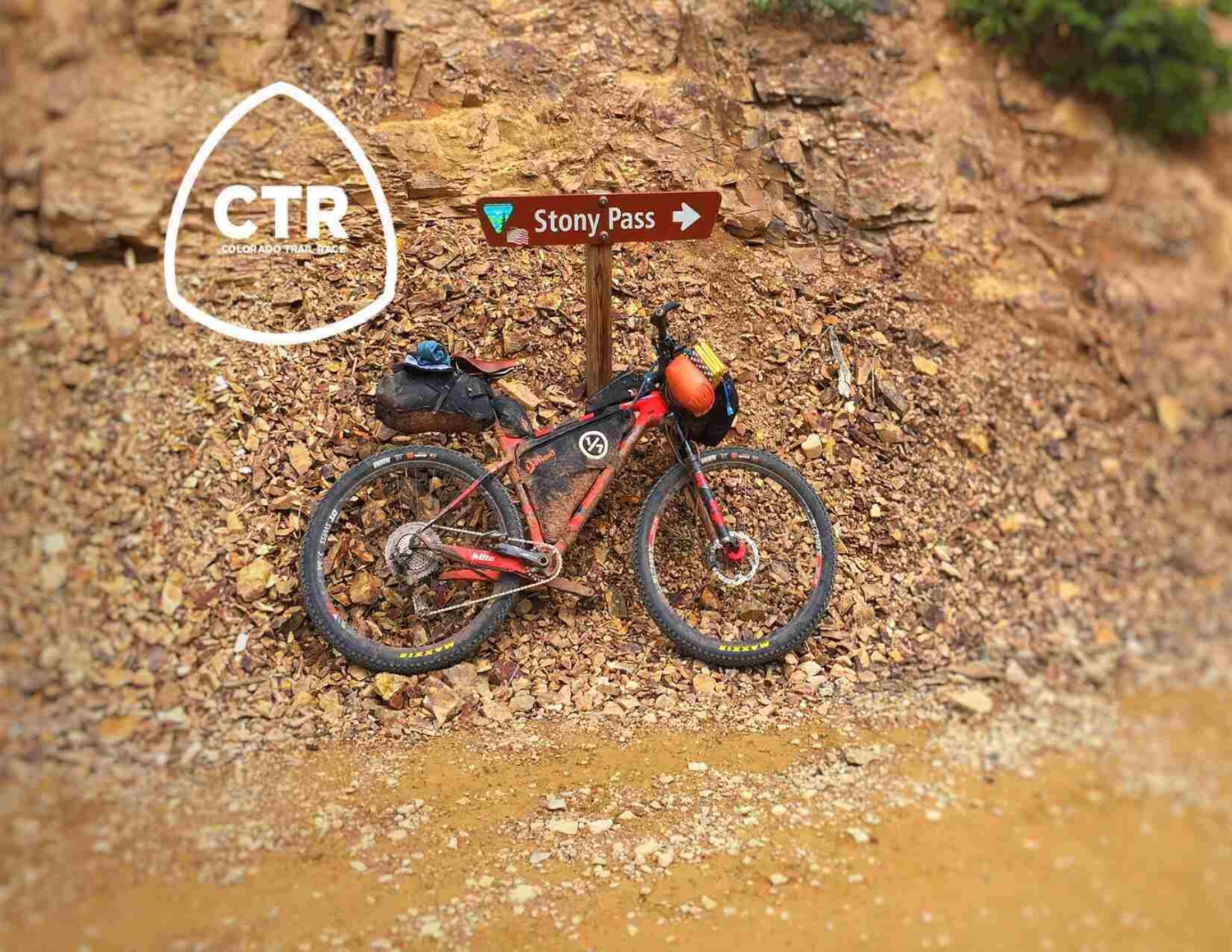
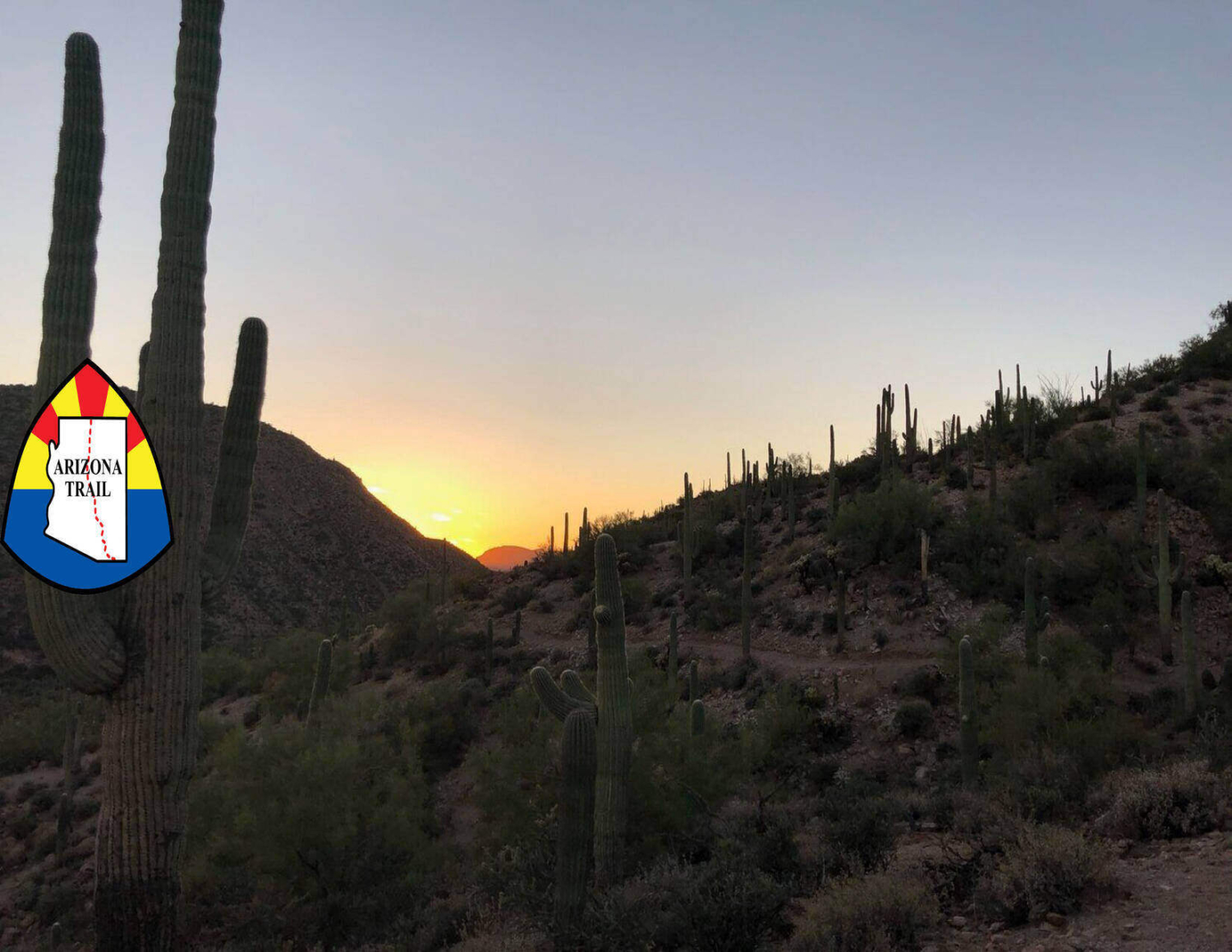
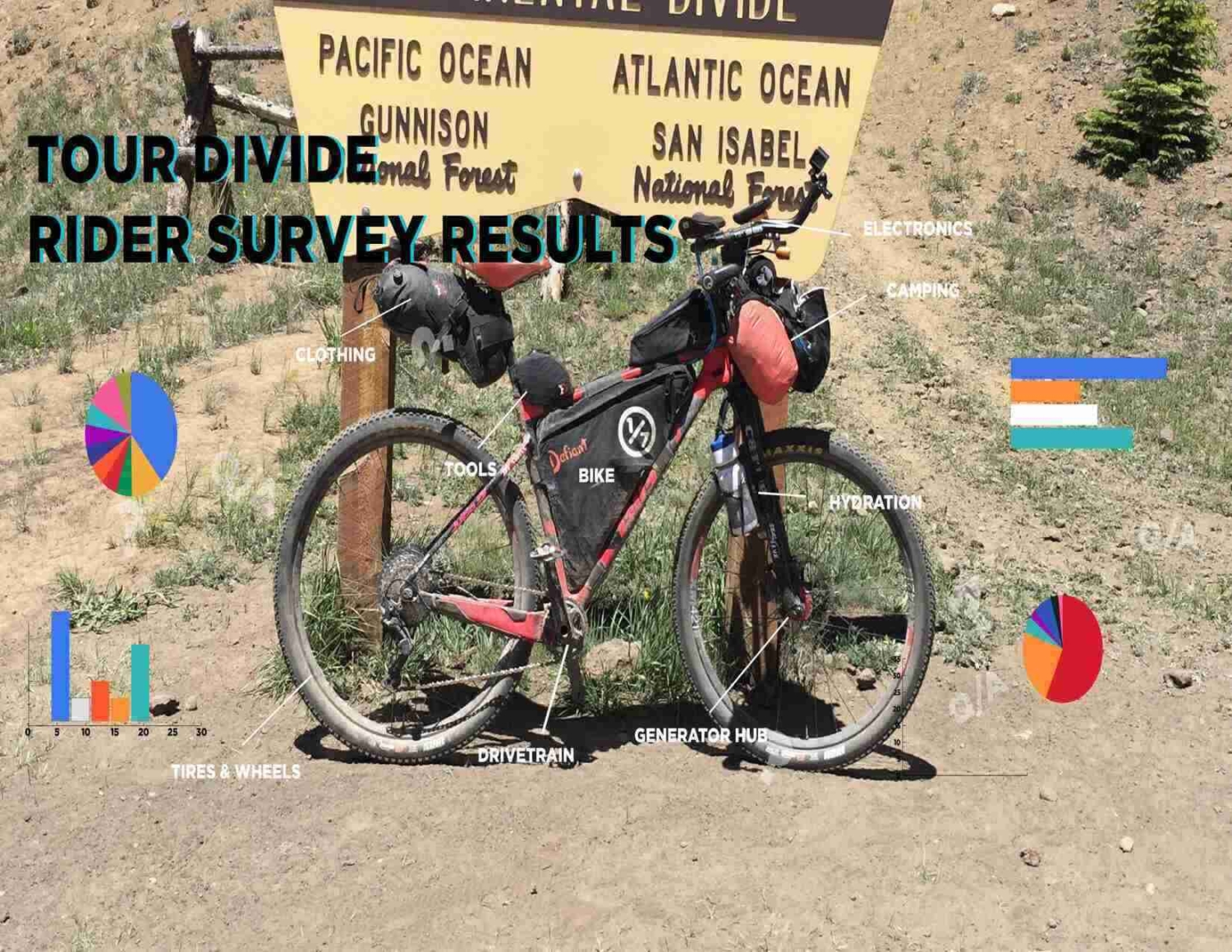

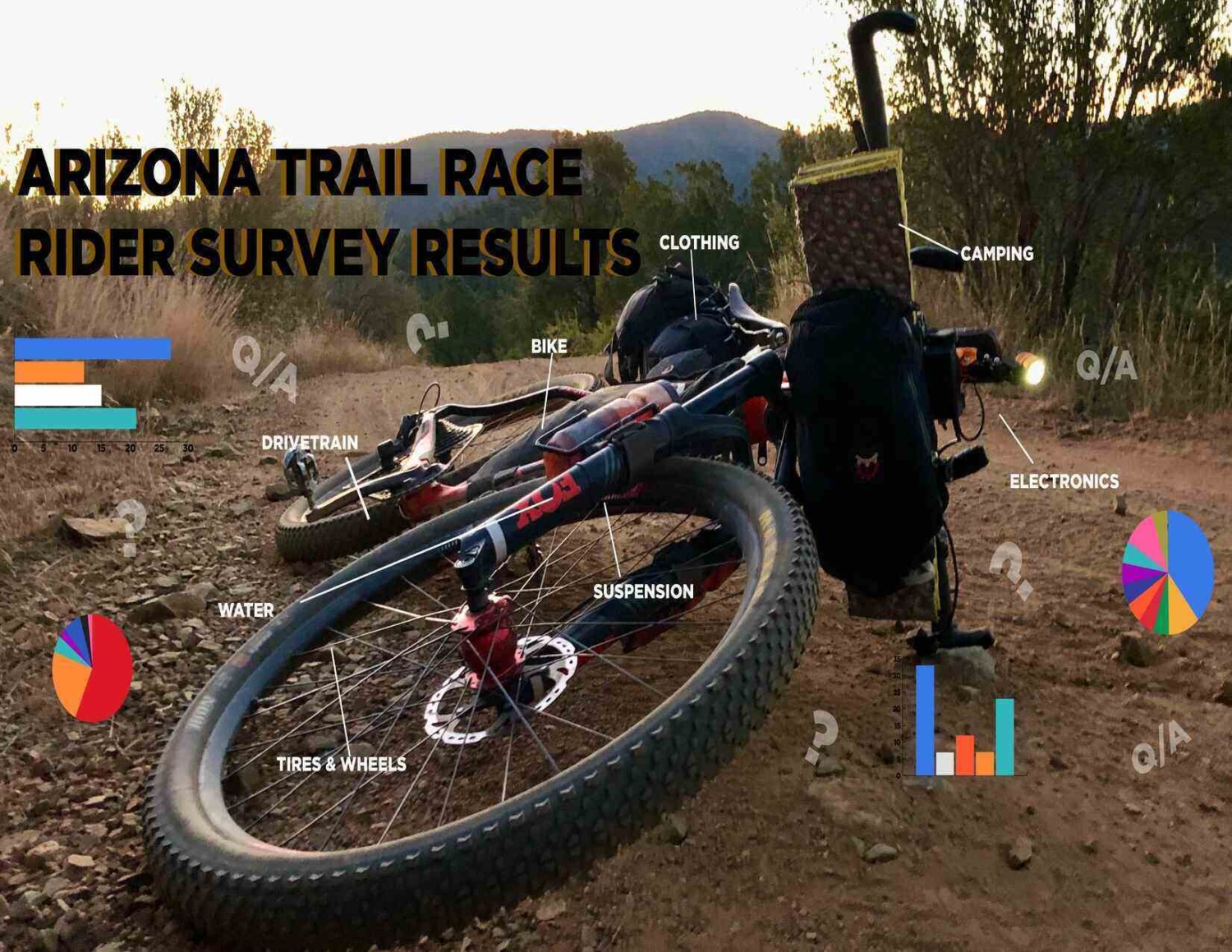
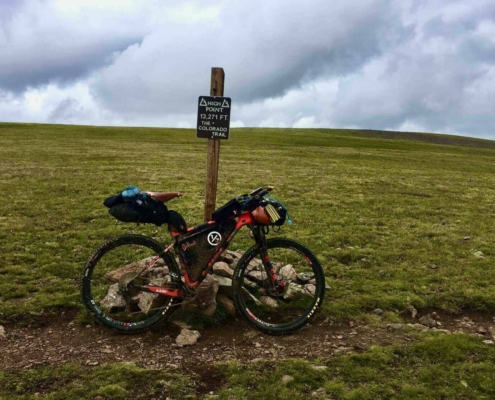
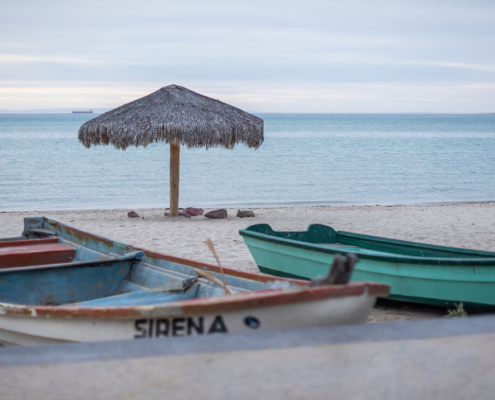 Courtesy of Dirt Trails Wanted
Courtesy of Dirt Trails Wanted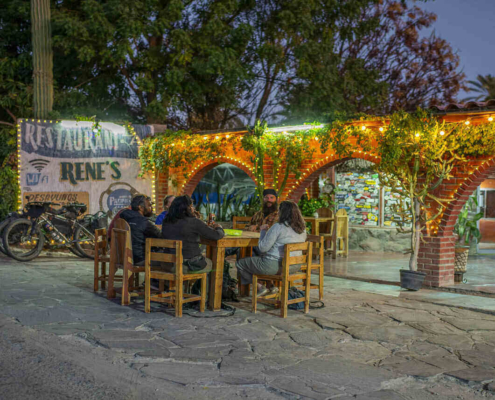 Courtesy of Dirt Trails Wanted
Courtesy of Dirt Trails Wanted